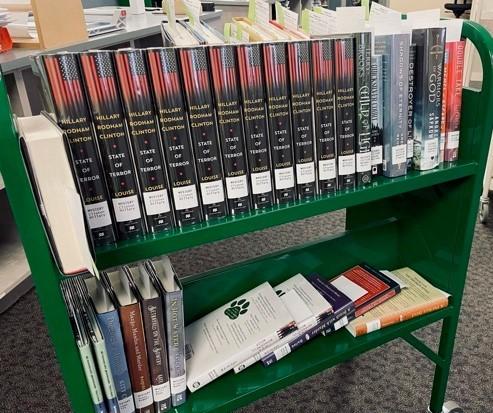Posted by Anne M on Wednesday, Oct 27, 2021
You may have heard the news stories listing shortages of paper, ink, cardboard, and shipping container space. Or the ones about labor shortages in warehouses and the shipping industry. And with books sales up 21% from 2019, there is more demand for print books at a time when publishers cannot fulfill their orders. Experts are calling it a "perfect storm" for the publishing industry.
If you've noticed that you are waiting much longer to get a book from us or seen the "on order" notice in our catalog linger with a specific title, this is why. Shifts in supply and demand are impacting libraries and our ability to get the book you want in your hands.

We focus on available stock when buying materials. We order months ahead of release dates and as many copies as we think will meet anticipated interest. We also write our customer service representatives from our vendors directly if we feel a title is unreasonably delayed. These are approaches we've always used, but don't always work if our vendor cannot get the books in the first place. Publishers are pushing back release dates and delaying or cancelling second printings. Libraries across the United States are feeling these shortages. Book stores, including our literary neighbors are impacted too.
Our staff work hard to unpack received items as quickly as possible and we move any titles on hold to the front of the line for cataloging and labelling. You can place a hold in our catalog to get the book as soon as possible. Thank you for your continued patience and hopefully these logistical problems will soon ease.
For more information about the current book crisis, Vox, The New York Times, and NPR have some good pieces explaining the issues in detail.


Emma Donoghue returns to her isolation theme as in "Room." Set in the Middle Ages in Ireland, three monks leave their monastery to find a renewed settlement in service to God. They settle on a desolate island filled only with birds, little else to eat, and no shelter. How to proceed is up to debate amongst the three. Are bodily needs like food and shelter necessary if they devote themselves fully to God? The situtation is tense and often dire as they get to know each other more fully through adversity. -Anne M